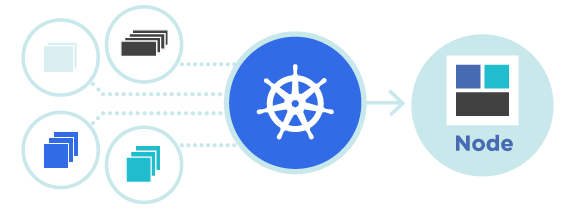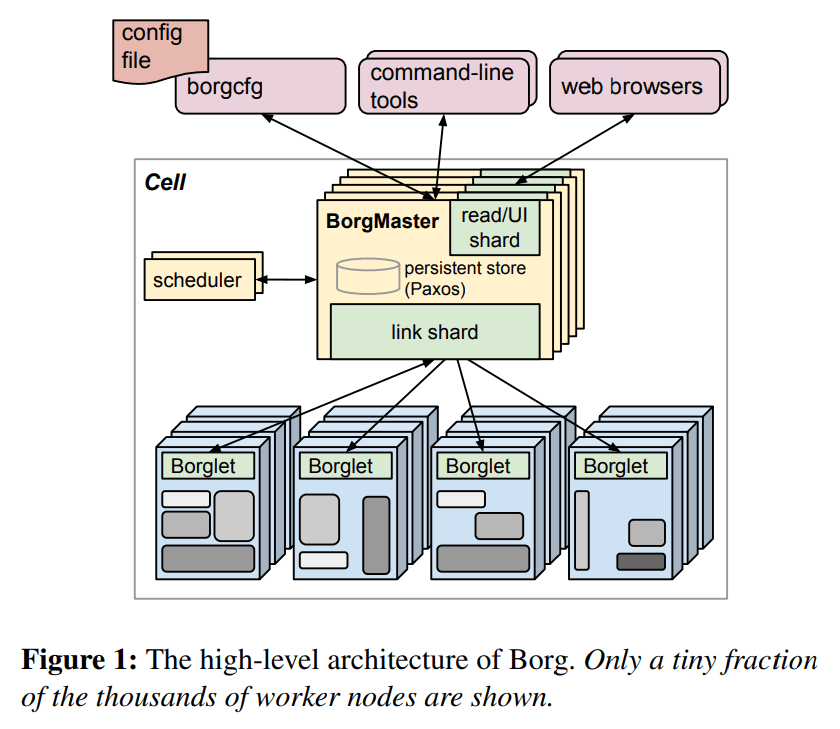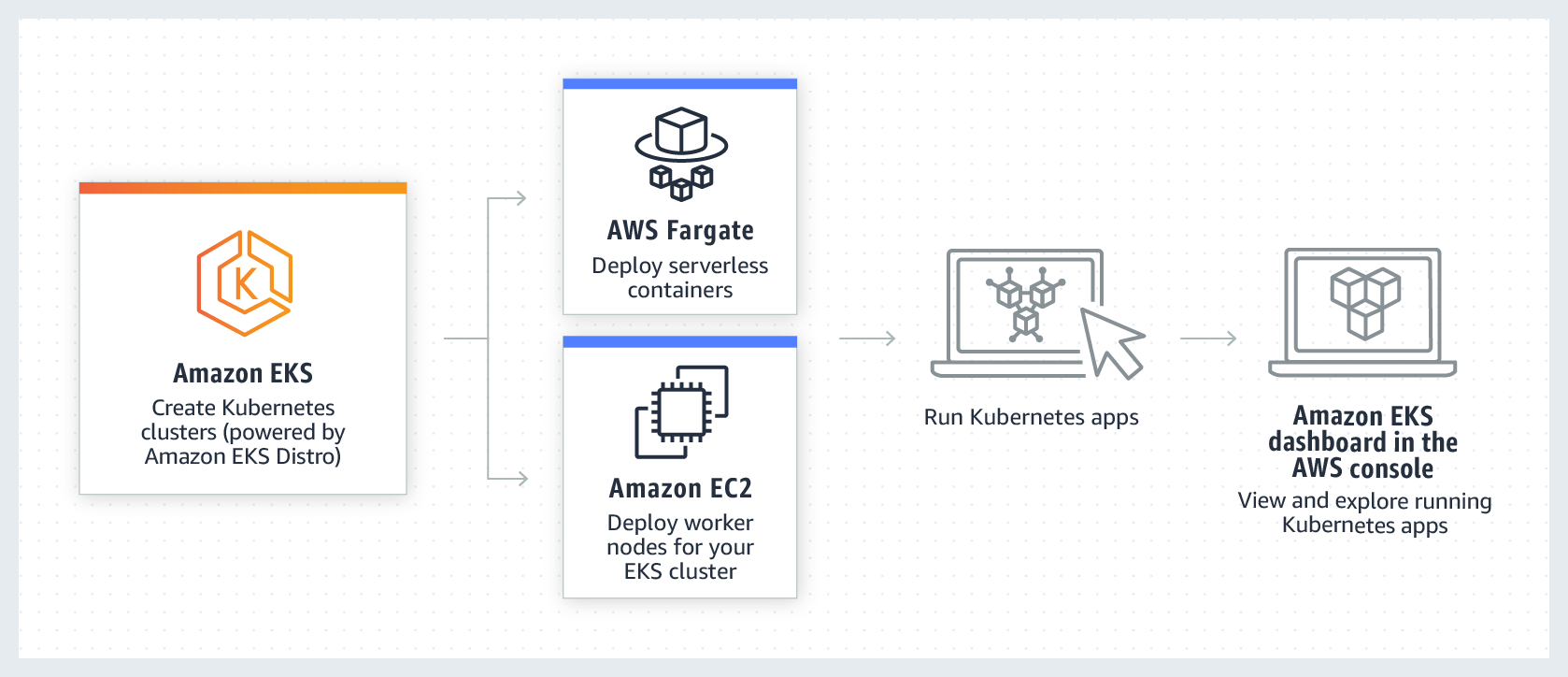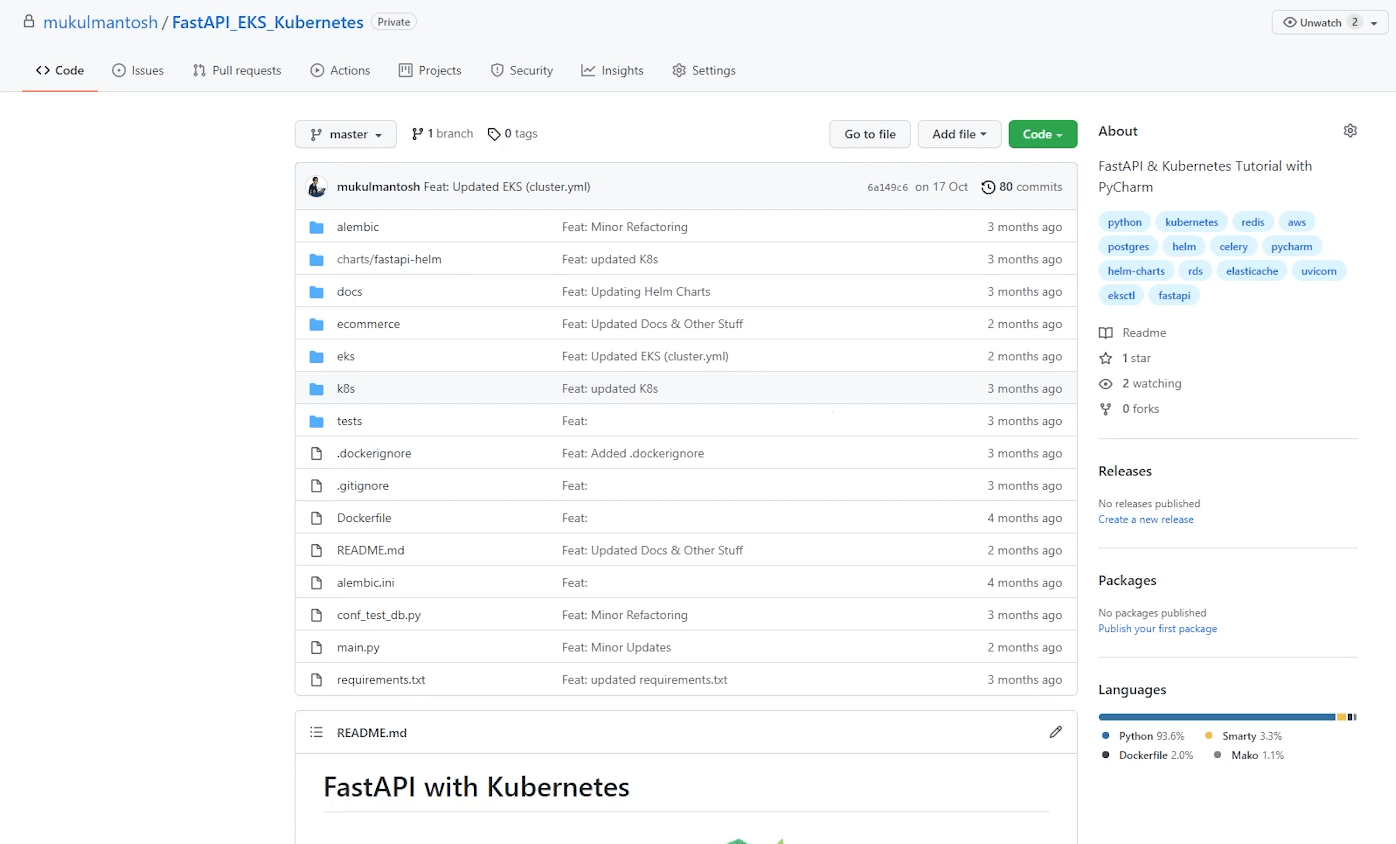Introduction
Introducing FastAPI, a modern, fast (high-performance), web framework.
Hello everyone, Welcome to the PyCharm FastAPI tutorial series. In this tutorial we are going to explore FastAPI which is a high-performance framework. It’s a modern web framework which recently got huge popularity over the Internet, it’s backed by starlette and pydantic and based on standard type hints.
Background

FastAPI is a modern, fast (high-performance) web framework for building APIs with Python 3.6+ based on standard Python type hints.
The key features are:
-
Fast: Very high performance, on par with NodeJS and Go (thanks to Starlette and Pydantic). One of the fastest Python frameworks available.
-
Fast to code: Increase the speed to develop features by about 200% to 300%.
-
Fewer bugs: Reduce about 40% of human (developer) induced errors.
-
Intuitive: Great editor support. Completion everywhere. Less time debugging.
-
Easy: Designed to be easy to use and learn. Less time reading docs.
-
Short: Minimize code duplication. Multiple features from each parameter declaration. Fewer bugs.
-
Robust: Get production-ready code. With automatic interactive documentation.
-
Standards-based: Based on (and fully compatible with) the open standards for APIs: OpenAPI (previously known as Swagger) and JSON Schema.
For reference, you can visit the website fastapi.tiangolo.com

FastAPI is developed by Sebastian Ramirez, who is currently working in Forethought as a Staff Software Engineer. He has contributed code to countless open source projects like Typer & SQLModel as well as related to DevOps, Docker, Spark, Python, Angular and many more.
Kubernetes

Image Credits : kubernetes.io
It’s not going to be only FastAPI, we are also going to play with Kubernetes, also known as K8s.
The Kubernetes Project was open-sourced by Google in 2014 after using it to run production workloads at scale for more than a decade.
It groups containers that make up an application into logical units for easy management and discovery. Kubernetes builds upon 15 years of experience of running production workloads at Google, combined with best-of-breed ideas and practices from the community.
Google Borg System

Image Credits : Google Research
Google’s Borg system is a cluster manager that runs hundreds of thousands of jobs, from many thousands of different applications, across a number of clusters each with up to tens of thousands of machines.
It achieves high utilization by combining admission control, efficient task-packing, over-commitment, and machine sharing with process-level performance isolation.
It supports high-availability applications with runtime features that minimize fault-recovery time, and scheduling policies that reduce the probability of correlated failures. Borg simplifies life for its users by offering a declarative job specification language, name service integration, real-time job monitoring, and tools to analyze and simulate system behavior.
You can also say Borg is the predecessor to Kubernetes.
To know more about Borg, read the research paper : Large-scale cluster management at Google with Borg
AWS Elastic Kubernetes Service

Image Credits : Amazon Web Services
It’s not going to happen that we worked on Kubernetes, but then not deploy it on a live server.
We will be deploying our application on AWS using the EKS (Elastic Kubernetes Service and setting a three-node cluster along-with that, we will be also setting up RDS, ElastiCache and a custom domain with SSL.
Helm Charts

Image Credits: CNCF
Helm helps you manage Kubernetes applications — Helm Charts help you define, install, and upgrade even the most complex Kubernetes application. Helm is a graduated project in the CNCF (Cloud Native Computing Foundation) and is maintained by the Helm community.
And finally at last, I am going to give a sneak peek into Helm Charts, where we are going to package our application and indeed which help software vendors and developers to preconfigure their applications with sensible defaults.
Source Code

For your reference, the entire source code will be available on GitHub. You can simply fork or clone the repo, and start working right away.
